Home>Gardening & Outdoor>Landscaping Ideas>When Should Bermuda Grass Be Planted
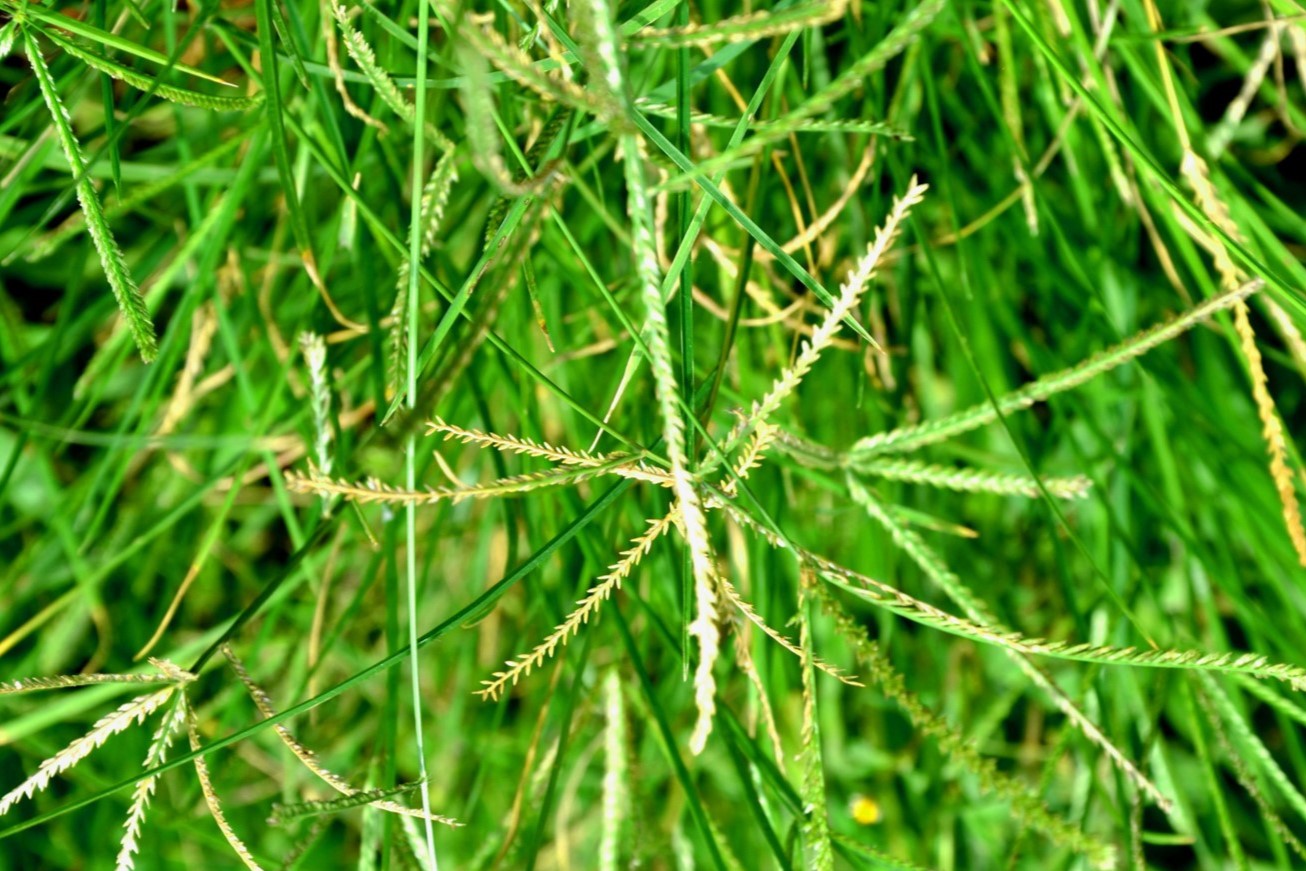

Landscaping Ideas
When Should Bermuda Grass Be Planted
Modified: March 29, 2024
Discover the best time to plant Bermuda grass for a lush and vibrant lawn with our expert landscaping ideas. Learn when to start your landscaping project for optimal results.
(Many of the links in this article redirect to a specific reviewed product. Your purchase of these products through affiliate links helps to generate commission for Storables.com, at no extra cost. Learn more)
**
Introduction
**
Are you looking to transform your lawn into a lush, vibrant oasis? One of the most crucial decisions you'll make in this endeavor is selecting the right type of grass. Bermuda grass, known for its resilience and adaptability, is a popular choice for lawns, sports fields, and golf courses. However, achieving the perfect Bermuda grass lawn requires careful planning and timing. In this guide, we'll explore the optimal conditions for planting Bermuda grass, providing you with the knowledge and confidence to create a stunning outdoor space.
Bermuda grass, scientifically named Cynodon dactylon, is a warm-season grass that thrives in hot, sunny climates. Its fine texture, rich green color, and exceptional durability make it a top pick for lawns in regions with scorching summers. This resilient grass can withstand heavy foot traffic, making it ideal for active outdoor spaces. Whether you envision a backyard play area for your children or a welcoming setting for outdoor gatherings, Bermuda grass can bring your vision to life.
As we delve into the nuances of planting Bermuda grass, we'll discuss the best time to initiate this process and the essential steps for successful establishment. Additionally, we'll explore the crucial aspects of caring for newly planted Bermuda grass, ensuring that your efforts yield a vibrant and healthy lawn. By the end of this guide, you'll be equipped with the expertise to cultivate a thriving Bermuda grass lawn that enhances the beauty and functionality of your outdoor environment. So, let's embark on this horticultural journey and unlock the secrets to cultivating a stunning Bermuda grass lawn.
Key Takeaways:
- Bermuda grass should be planted in late spring or early summer when the soil temperature is consistently above 65°F and there is at least 8 hours of direct sunlight daily to ensure optimal growth and establishment.
- To care for newly planted Bermuda grass, maintain consistent soil moisture, mow when the grass reaches 1-1.5 inches, fertilize strategically, control weeds, and monitor for pests and diseases to foster a vibrant and resilient lawn.
Read more: When To Plant Bermuda Grass
Understanding Bermuda Grass
Before delving into the intricacies of planting Bermuda grass, it’s essential to grasp the fundamental characteristics of this resilient turfgrass. Bermuda grass, scientifically known as Cynodon dactylon, is a warm-season grass celebrated for its adaptability and durability. Belonging to the Poaceae family, Bermuda grass is indigenous to Africa but has become a staple in lawns, sports fields, and golf courses worldwide due to its remarkable resilience.
One of the key attributes of Bermuda grass is its exceptional heat tolerance, making it an ideal choice for regions with scorching summers. This grass species thrives in full sunlight, displaying robust growth and vibrant green color in high-temperature environments. Its ability to endure heavy foot traffic further enhances its appeal, making it a popular option for lawns that host various outdoor activities.
Bermuda grass is characterized by its fine texture and dense growth, contributing to its lush and visually appealing appearance. Its rapid growth rate enables it to quickly fill in bare patches, creating a uniform and verdant lawn surface. Additionally, Bermuda grass exhibits excellent drought tolerance, enabling it to withstand periods of limited water availability without sacrificing its aesthetic appeal.
Another notable feature of Bermuda grass is its versatility in various soil types, including sandy, loamy, and clay soils. This adaptability allows it to thrive in diverse environments, provided that adequate sunlight and proper drainage are available. Furthermore, Bermuda grass is known for its aggressive growth habit, which helps it outcompete weeds and establish a robust turf.
Understanding the intrinsic qualities of Bermuda grass is pivotal in harnessing its potential for creating a vibrant and resilient lawn. By comprehending its heat tolerance, rapid growth, drought resistance, and adaptability, you can make informed decisions when planting and caring for Bermuda grass, ensuring the successful establishment of a thriving lawn that elevates the beauty and functionality of your outdoor space.
Best Time to Plant Bermuda Grass
Choosing the optimal time to plant Bermuda grass is a critical factor that significantly influences the success of establishing a lush and resilient lawn. Given its classification as a warm-season grass, Bermuda grass exhibits vigorous growth during the hot months, making late spring and early summer the ideal periods for planting. The warm soil temperatures and ample sunlight during this time create favorable conditions for Bermuda grass seed germination and establishment.
Typically, the soil temperature should consistently reach a minimum of 65°F (18°C) before initiating Bermuda grass planting. This temperature threshold ensures that the seeds can germinate and the grass can thrive, setting the stage for robust growth and development. In regions with mild winters and early springs, the soil may reach this temperature range as early as late April, signaling the opportune moment to commence Bermuda grass planting activities.
It’s important to note that Bermuda grass thrives in full sunlight, necessitating a minimum of 8 hours of direct sunlight daily for optimal growth. Therefore, selecting a time for planting when daylight hours are abundant is crucial for the successful establishment of Bermuda grass. Late spring and early summer align with extended daylight periods, providing the grass with the essential sunlight it needs to flourish.
Another factor to consider when determining the best time for planting Bermuda grass is the avoidance of frost. While Bermuda grass is resilient to cold temperatures, frost can impede its growth and establishment. By scheduling the planting process after the threat of frost has passed, typically in late spring or early summer, you can safeguard the newly planted grass from potential damage, allowing it to thrive without impediments.
By strategically timing the planting of Bermuda grass to coincide with the onset of warm weather, ample sunlight, and frost-free conditions, you can maximize the grass’s potential for robust growth and establishment. This thoughtful approach sets the stage for a vibrant and resilient lawn that enhances the beauty and functionality of your outdoor space, providing a welcoming setting for various activities and gatherings.
Bermuda grass should be planted in late spring or early summer when the soil temperature reaches 65-70°F. This will give the grass enough time to establish before the hot summer months.
Steps for Planting Bermuda Grass
Embarking on the journey of planting Bermuda grass involves a series of strategic steps aimed at ensuring the successful establishment of a vibrant and resilient lawn. By meticulously following these essential guidelines, you can lay the groundwork for a lush Bermuda grass surface that enriches your outdoor environment with its verdant beauty and durability.
1. Soil Preparation:
Begin the planting process by preparing the soil to create an optimal environment for Bermuda grass growth. Conduct a soil test to assess its pH level and nutrient content, making any necessary amendments to achieve a pH range of 6.5 to 7.0, which is ideal for Bermuda grass. Remove any debris, rocks, or weeds from the area and till the soil to a depth of 4 to 6 inches, ensuring good soil aeration and a loose, friable texture that facilitates root development.
2. Seedbed Establishment:
After soil preparation, create a smooth and level seedbed to promote uniform seed distribution and consistent germination. Rake the soil surface to remove any irregularities and compact it lightly to ensure good seed-to-soil contact, which is essential for successful germination and establishment. Additionally, consider incorporating a starter fertilizer to provide essential nutrients that support initial grass growth.
3. Seeding:
When it comes to seeding Bermuda grass, aim for a seeding rate of 1 to 2 pounds of pure live seed per 1,000 square feet for optimal coverage. Utilize a broadcast spreader to evenly distribute the seeds across the prepared seedbed, ensuring thorough and uniform coverage. After broadcasting the seeds, lightly rake the soil to cover the seeds to a depth of approximately 1/4 inch, promoting proper seed-soil contact and aiding in germination.
4. Irrigation:
Following the seeding process, provide adequate irrigation to ensure consistent soil moisture, which is crucial for Bermuda grass seed germination and establishment. Water the seeded area lightly and frequently, keeping the soil consistently moist but not waterlogged. As the seeds germinate and the grass establishes, gradually transition to a deeper and less frequent watering schedule to encourage strong root development.
5. Maintenance:
As the Bermuda grass begins to emerge and establish, prioritize diligent maintenance practices, including mowing, fertilization, and weed control. Once the grass reaches a height of 1 to 1.5 inches, initiate mowing to encourage lateral growth and density. Additionally, adhere to a fertilization schedule to provide essential nutrients that promote healthy growth and vibrant color. Implement effective weed control measures to prevent weed encroachment and maintain the purity of the Bermuda grass stand.
By meticulously following these strategic steps for planting Bermuda grass, you can establish a lush and resilient lawn that elevates the visual appeal and functionality of your outdoor space. With careful attention to soil preparation, seeding, irrigation, and ongoing maintenance, you can cultivate a vibrant Bermuda grass surface that serves as a welcoming backdrop for various outdoor activities and gatherings.
Caring for Newly Planted Bermuda Grass
After diligently planting Bermuda grass, nurturing the newly established lawn with attentive care is paramount to ensure its healthy growth and long-term resilience. By implementing thoughtful maintenance practices and providing the necessary support, you can foster the development of a lush and vibrant Bermuda grass surface that enhances the beauty and functionality of your outdoor environment.
1. Irrigation:
Consistent and adequate irrigation is essential for the successful establishment of newly planted Bermuda grass. During the initial phase following seeding, maintain soil moisture by watering the area lightly and frequently, ensuring that the soil remains consistently moist but not waterlogged. As the grass begins to germinate and establish, gradually transition to a deeper and less frequent watering schedule, encouraging the development of a robust root system.
2. Mowing:
Once the Bermuda grass reaches a height of 1 to 1.5 inches, initiate mowing to promote lateral growth and density. Set the mower blades to a height of approximately 1 inch for optimal results, ensuring that you do not remove more than one-third of the grass blade length in a single mowing session. Regular mowing encourages the development of a dense and uniform turf while preventing the grass from becoming excessively tall and sparse.
3. Fertilization:
Implement a strategic fertilization regimen to provide the newly planted Bermuda grass with essential nutrients that support vigorous growth and vibrant color. Utilize a high-quality, balanced fertilizer specifically formulated for Bermuda grass, applying it according to the manufacturer’s recommendations. Fertilize the grass at the appropriate times throughout the growing season, ensuring that it receives the necessary nourishment for optimal development.
4. Weed Control:
Vigilant weed control is crucial to prevent weed encroachment and maintain the purity of the Bermuda grass stand. Regularly inspect the lawn for any signs of weeds and promptly address any emerging weed growth. Consider employing pre-emergent herbicides to prevent weed seeds from germinating and post-emergent herbicides to target existing weeds while safeguarding the newly planted Bermuda grass.
5. Pest and Disease Management:
Monitor the Bermuda grass lawn for signs of pests and diseases, promptly addressing any issues to prevent them from compromising the grass’s health and vigor. Implement integrated pest management practices to mitigate pest infestations while minimizing the use of chemical interventions. Additionally, maintain good air circulation and avoid overwatering to discourage the development of fungal diseases that can affect the grass.
By providing diligent care and attention to the newly planted Bermuda grass, you can nurture its growth and development, establishing a resilient and visually captivating lawn that enriches your outdoor space. With a focus on irrigation, mowing, fertilization, weed control, and pest and disease management, you can cultivate a thriving Bermuda grass surface that serves as a welcoming backdrop for outdoor activities and gatherings, embodying the beauty and vitality of a well-maintained lawn.
Read more: When To Plant Bermuda Grass Seeds
Conclusion
Cultivating a vibrant and resilient Bermuda grass lawn is a gratifying endeavor that elevates the visual appeal and functionality of your outdoor environment. By understanding the unique characteristics of Bermuda grass and strategically timing its planting, you can set the stage for the successful establishment of a lush and enduring lawn. The warm-season attributes of Bermuda grass, including its heat tolerance, rapid growth, and adaptability, make it an ideal choice for creating a verdant outdoor space that can withstand the rigors of active use.
When determining the best time to plant Bermuda grass, consider the soil temperature, daylight hours, and the avoidance of frost to maximize the grass’s potential for robust growth and establishment. Late spring and early summer provide the optimal conditions for initiating the planting process, harnessing the warmth and sunlight essential for Bermuda grass seed germination and development.
Embarking on the steps for planting Bermuda grass involves meticulous soil preparation, strategic seeding, and thoughtful irrigation, laying the foundation for a thriving lawn. By adhering to a comprehensive care regimen for newly planted Bermuda grass, including attentive irrigation, proper mowing, strategic fertilization, weed control, and pest and disease management, you can nurture the grass’s growth and resilience, fostering a vibrant and enduring lawn surface.
As you witness the transformation of your outdoor space through the establishment of a lush Bermuda grass lawn, savor the rewards of your efforts. Whether it’s the joy of seeing vibrant green blades emerge from the soil or the delight of hosting gatherings on a resilient and visually captivating lawn, the benefits of cultivating Bermuda grass extend far beyond its aesthetic appeal.
Ultimately, the journey of planting and caring for Bermuda grass is a testament to your commitment to creating an inviting and vibrant outdoor environment. With its lush texture, vibrant color, and exceptional durability, Bermuda grass serves as a living canvas that enriches your outdoor space, providing a welcoming setting for leisure, recreation, and relaxation.
So, as you embark on this horticultural journey, may the resilient beauty of Bermuda grass become a source of pride and enjoyment, enhancing the allure and functionality of your outdoor haven for years to come.
Frequently Asked Questions about When Should Bermuda Grass Be Planted
Was this page helpful?
At Storables.com, we guarantee accurate and reliable information. Our content, validated by Expert Board Contributors, is crafted following stringent Editorial Policies. We're committed to providing you with well-researched, expert-backed insights for all your informational needs.
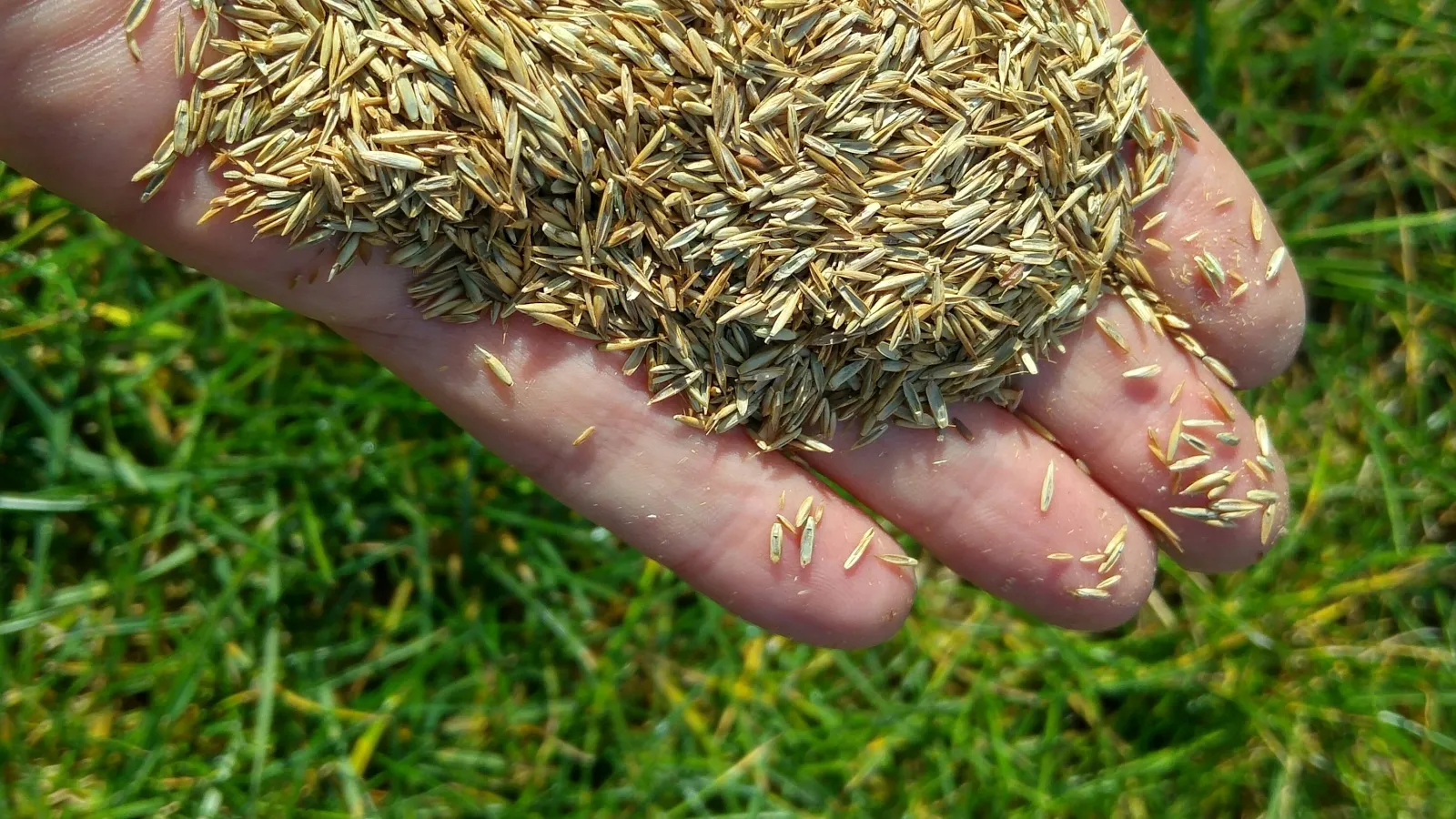
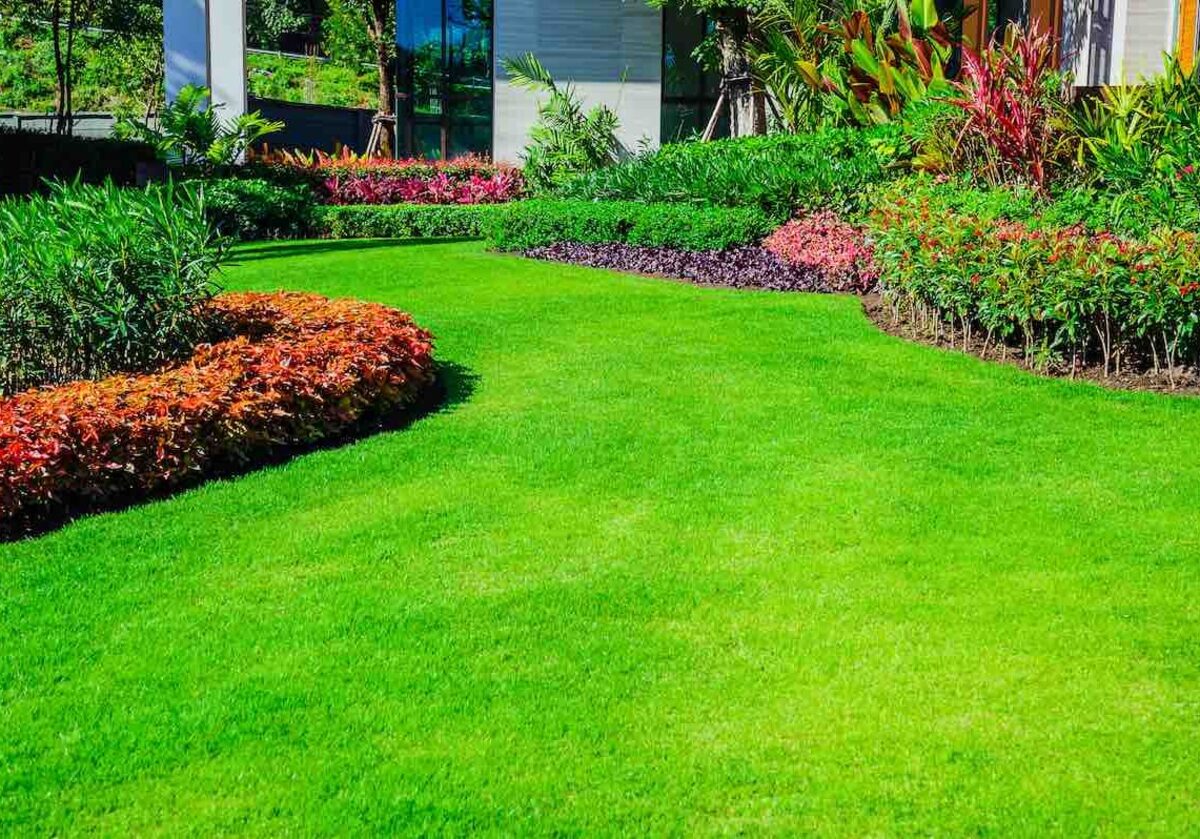

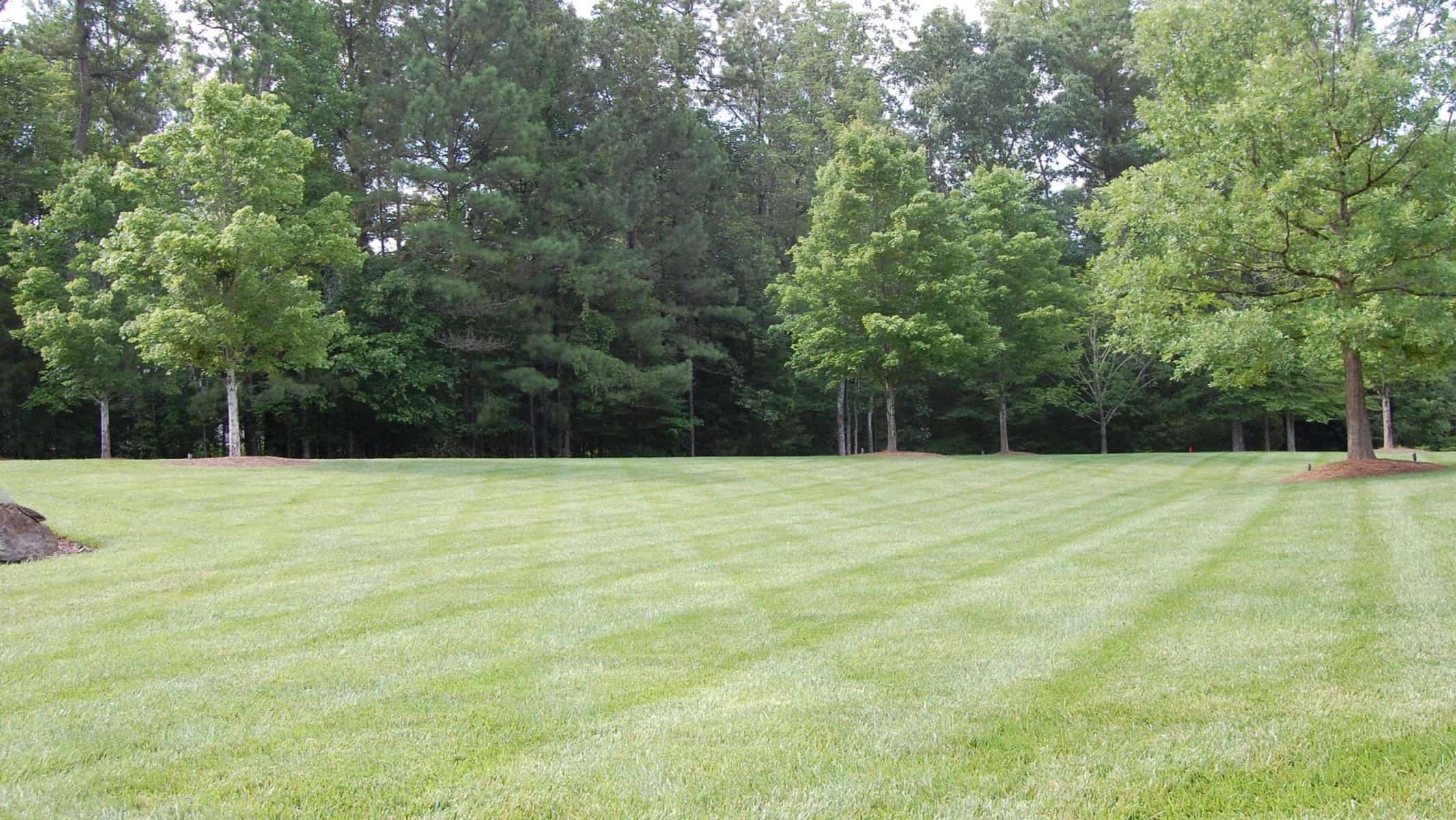


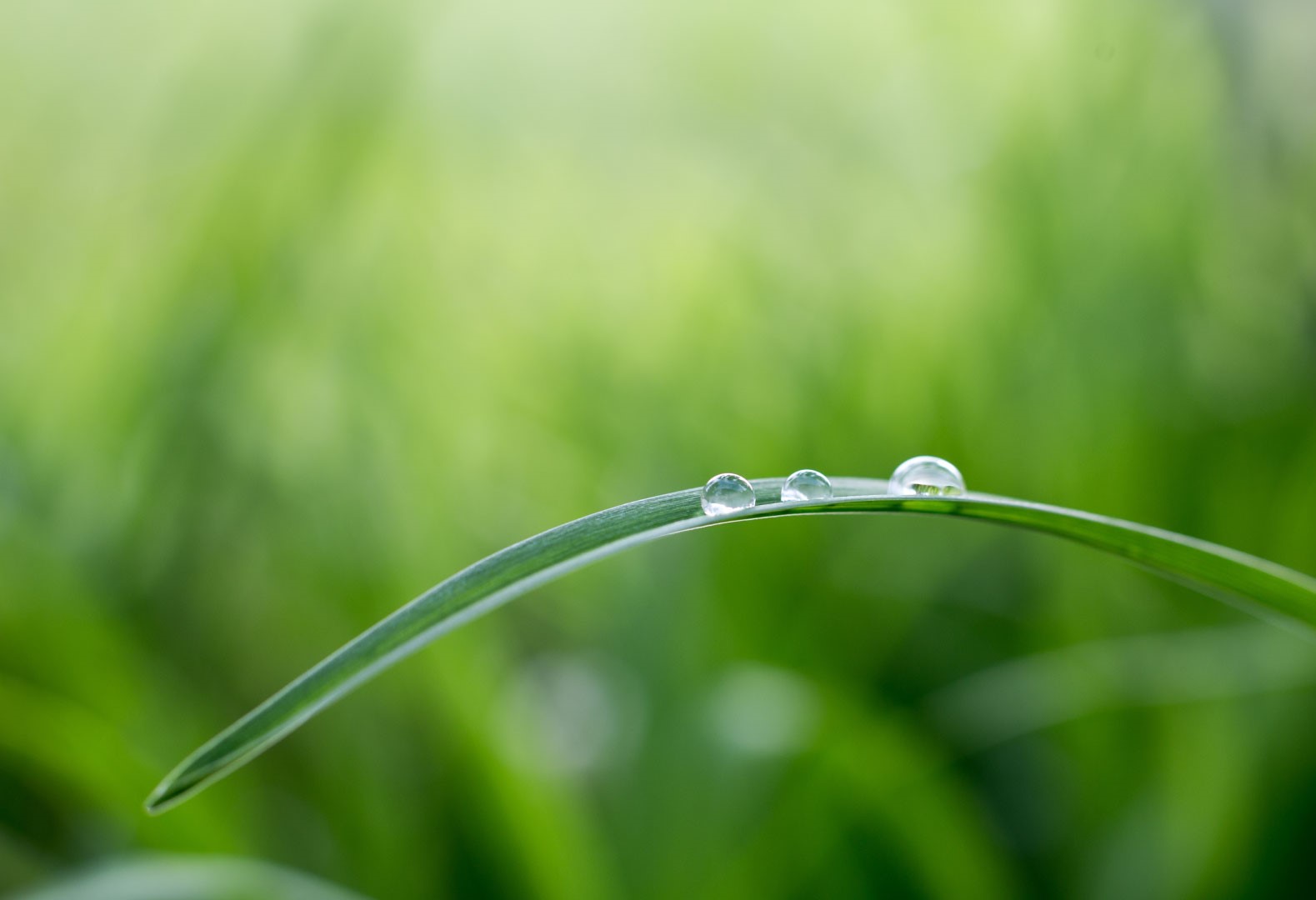
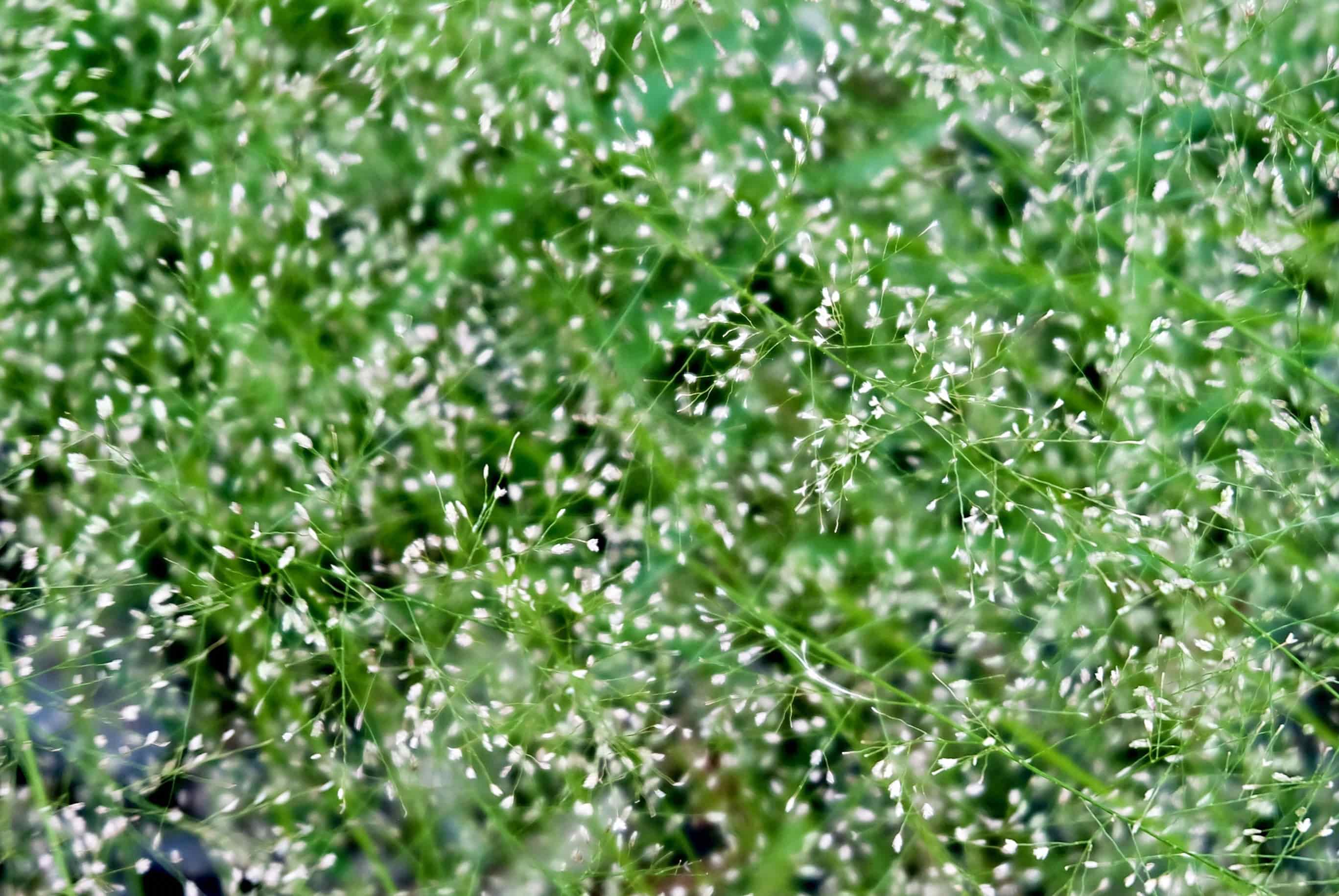

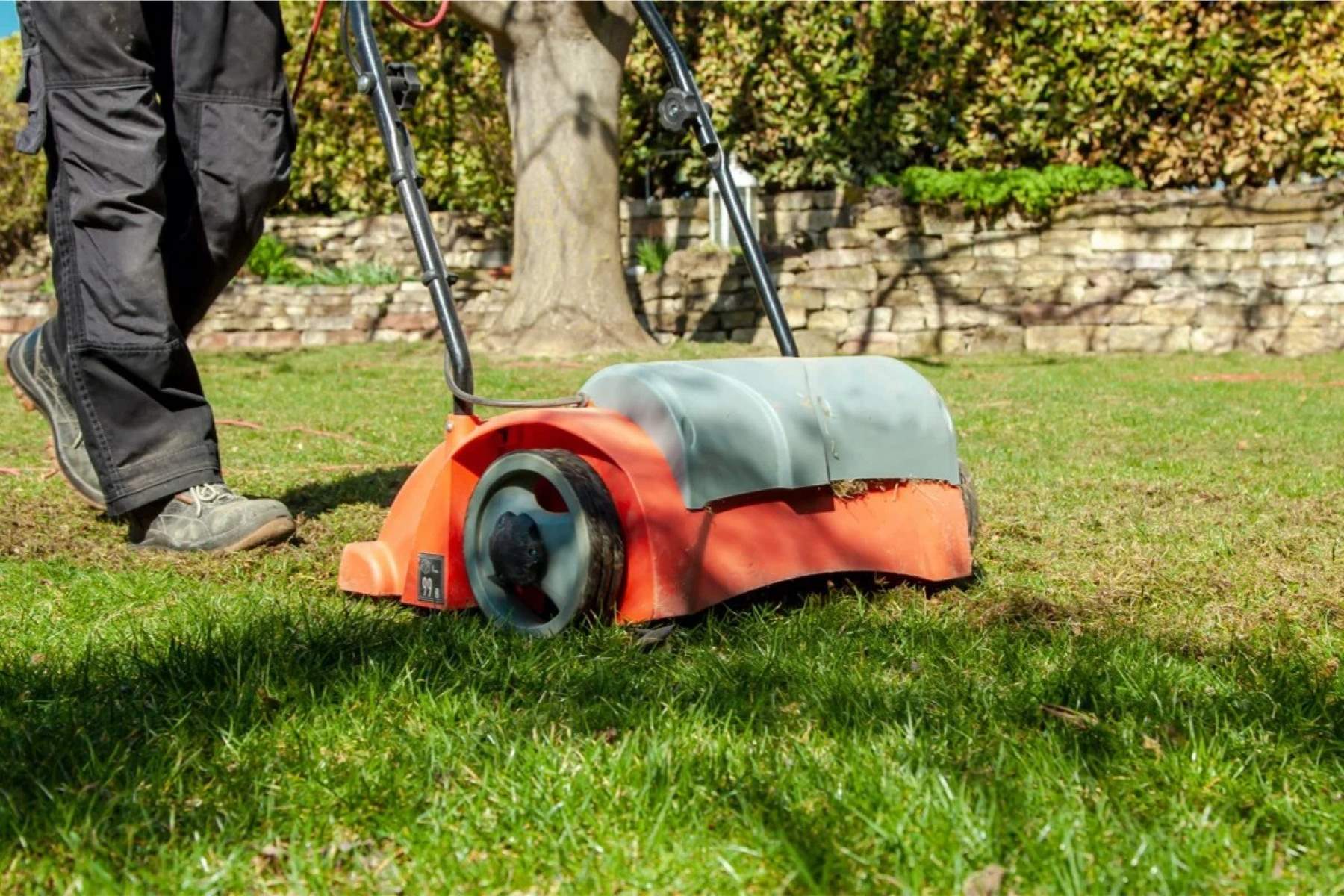
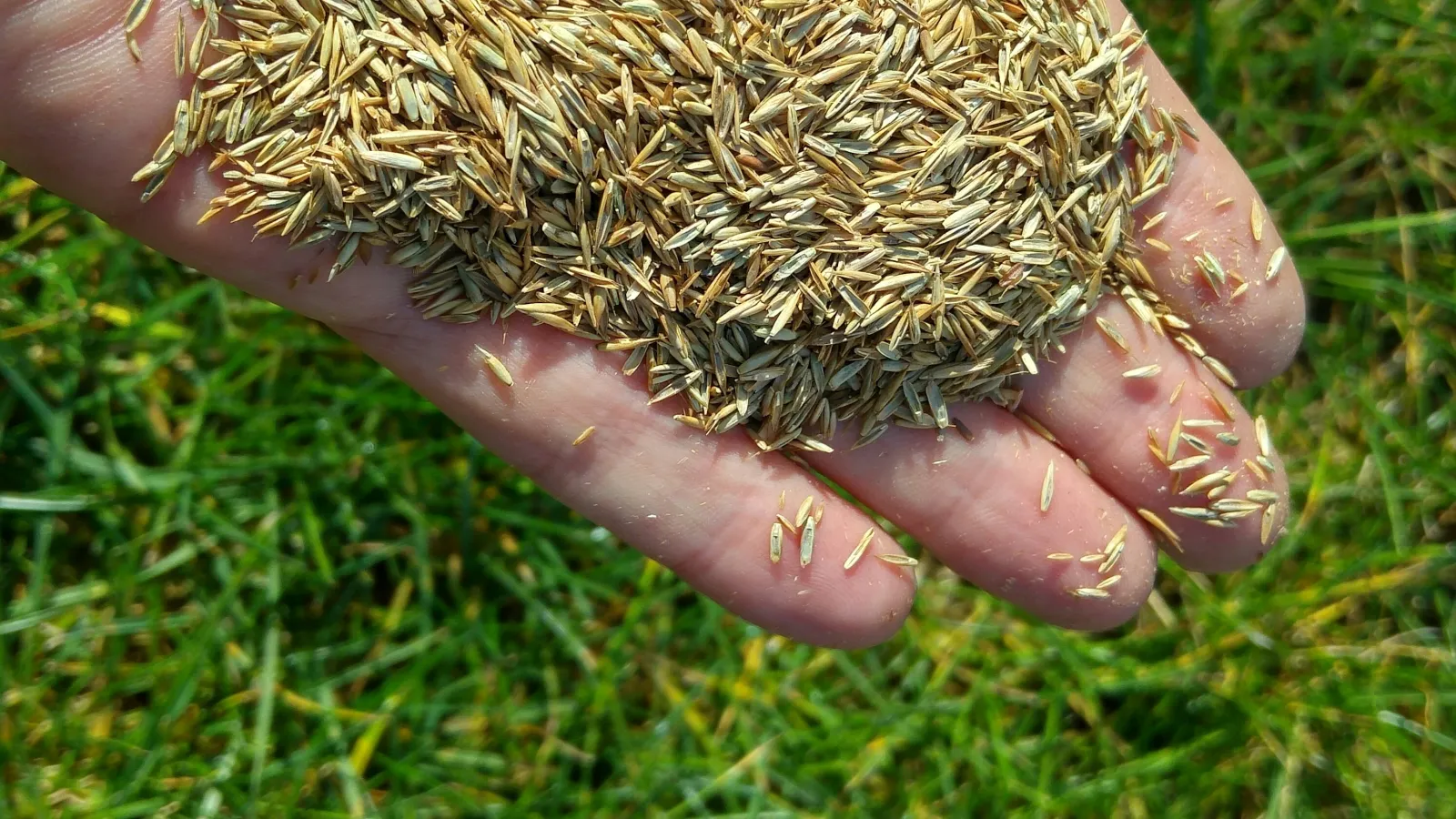
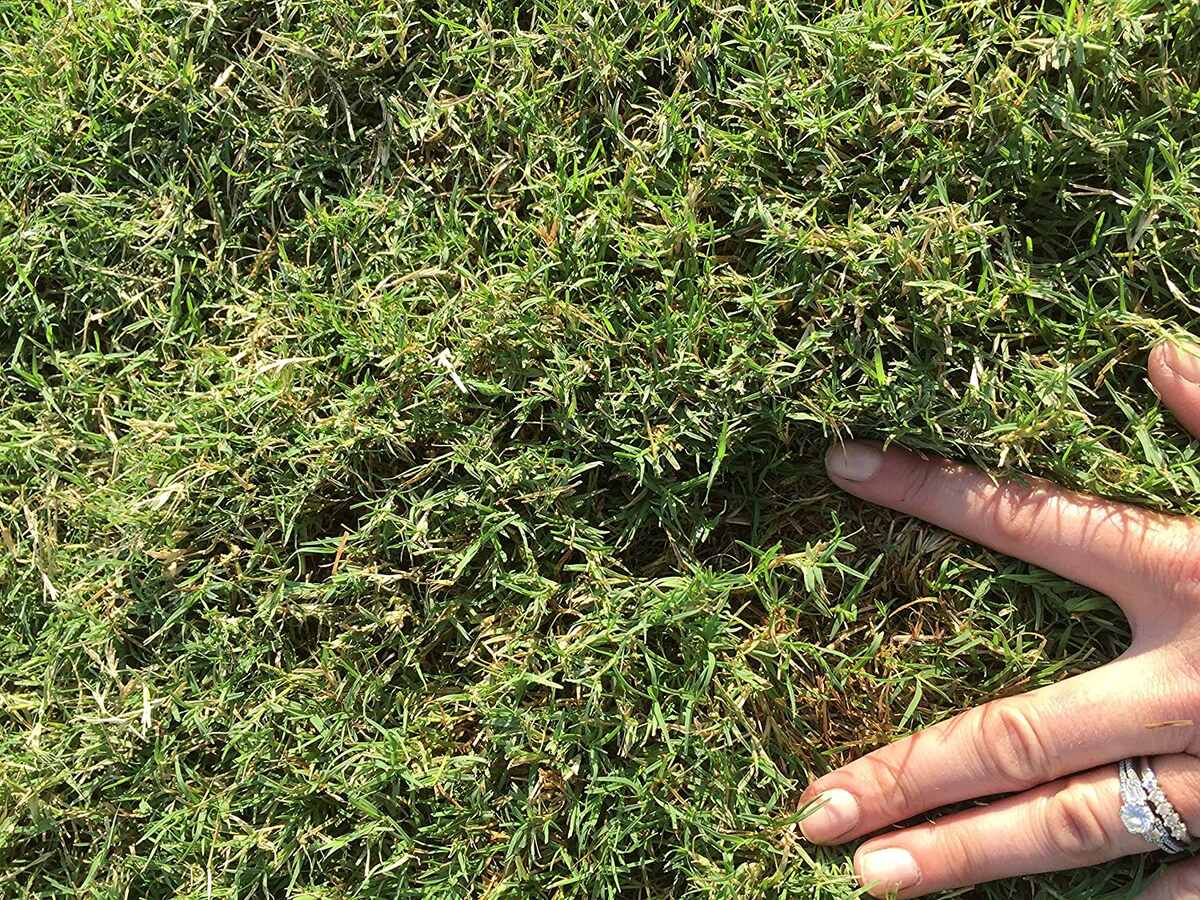
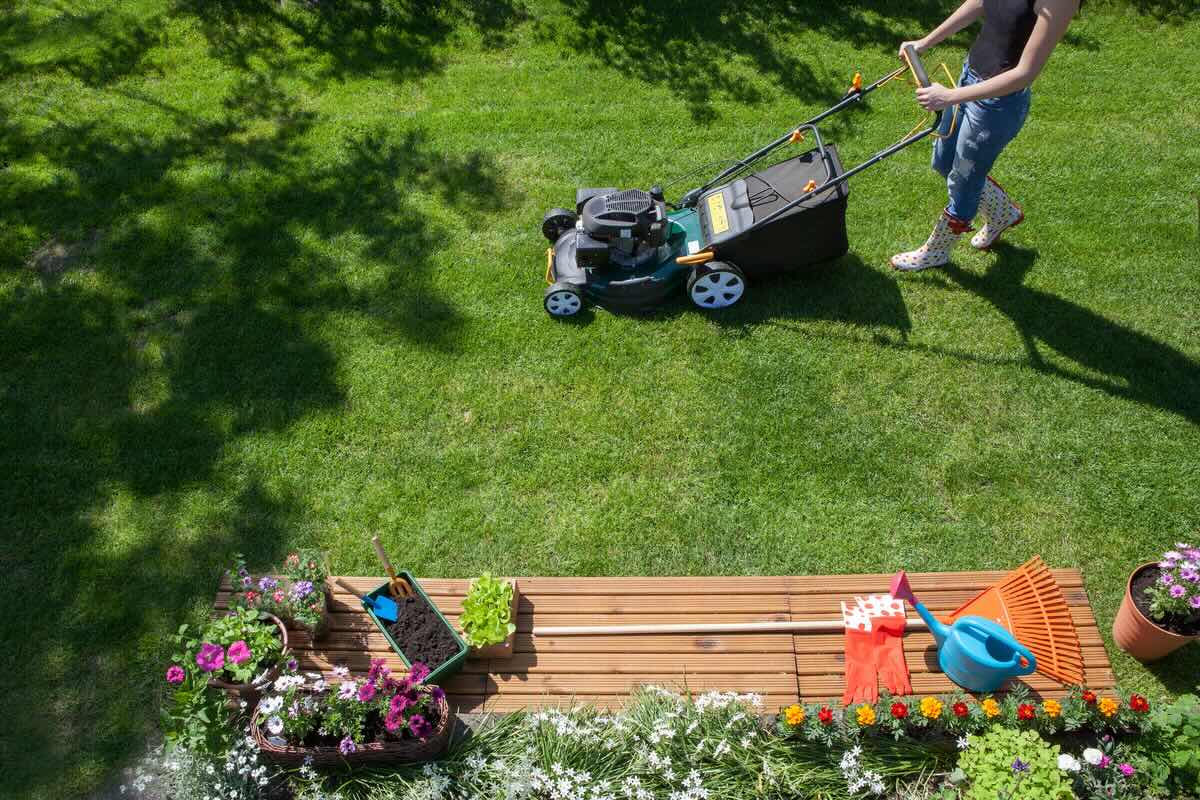
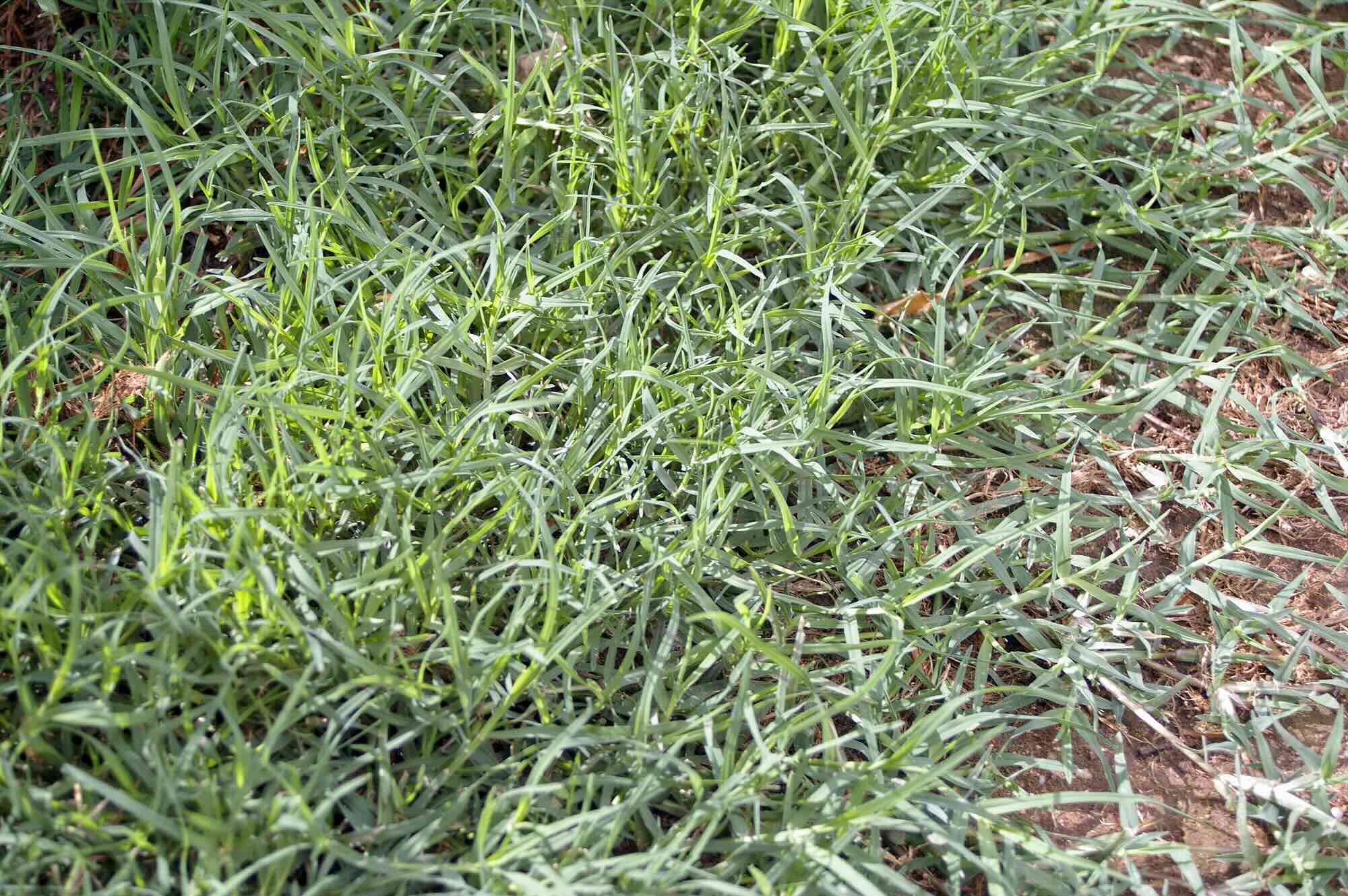

0 thoughts on “When Should Bermuda Grass Be Planted”